Have you ever wondered what happens to an oyster’s shell after you have slurped down its briny flesh?
In Singapore, these shells are incinerated, contributing to a burgeoning trash pile on Semakau landfill, which could be full in about a decade.
But one ecologist may have a solution to reduce such waste, while also harnessing the unique climate benefits of these saltwater-dwelling bivalves.
Ms Yukie Yokoyama, 27, an ecologist at Dutch environment and engineering consultancy Witteveen+Bos, and her team created Singapore’s first artificial oyster reef near the jetty of Changi Sailing Club.
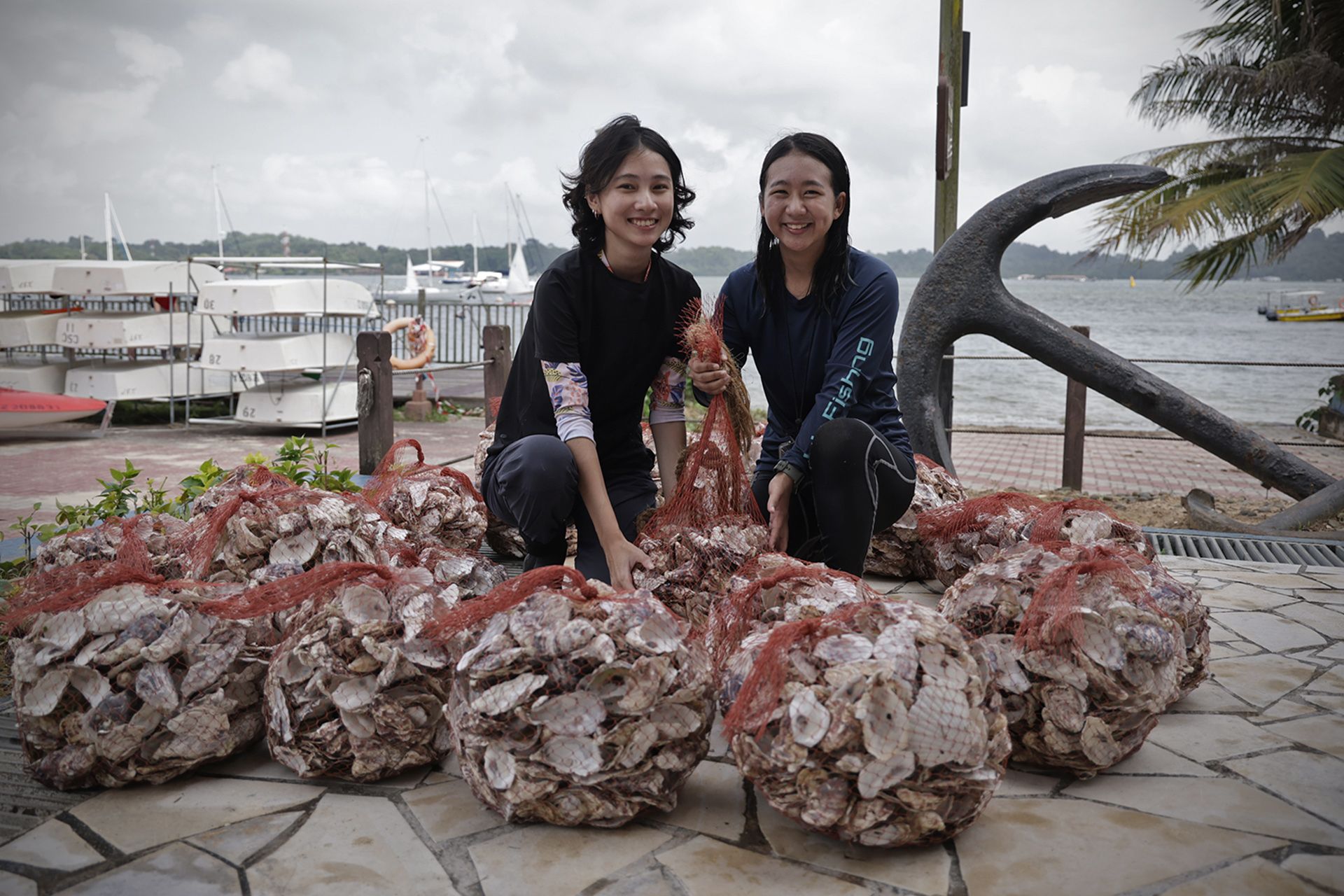
She said : “Oyster reefs can be created by returning these shells to the ocean. And they play an important role in improving water quality and adapting to climate change impacts – by cleaning and filtering the surrounding waters, providing a habitat for marine life, and helping protect against coastal erosion due to flooding and rising sea levels.”
Oyster reefs form when younger oysters attach to and grow on other oysters' shells. Once the process begins, the reef’s growth is essentially self-sustaining.
The location was chosen in part due to its proximity to other oyster populations around Singapore, such as at Changi Beach and Pulau Ubin, which have a rich diversity of marine life.
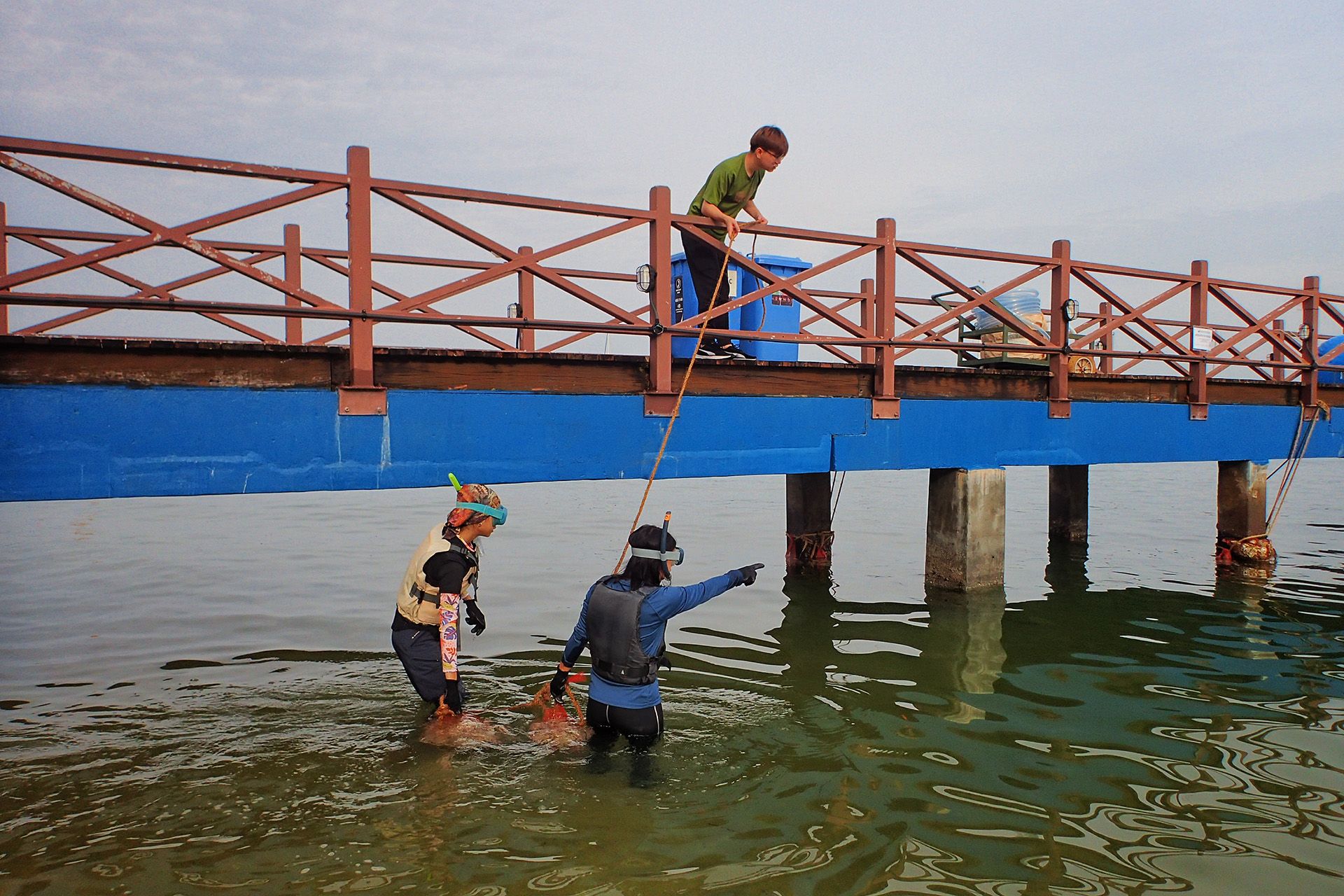
The site’s jetty pillars, too, are a living sea wall of naturally occurring mussels, oysters, sea snails and coral polyps, said Ms Yokoyama.
The oyster reef pilot was supported by the SG Eco Fund, a $50 million push under the Ministry of Sustainability and the Environment that supports environmental sustainability initiatives in the community. It gave the team seed funding to help kick-start the project.
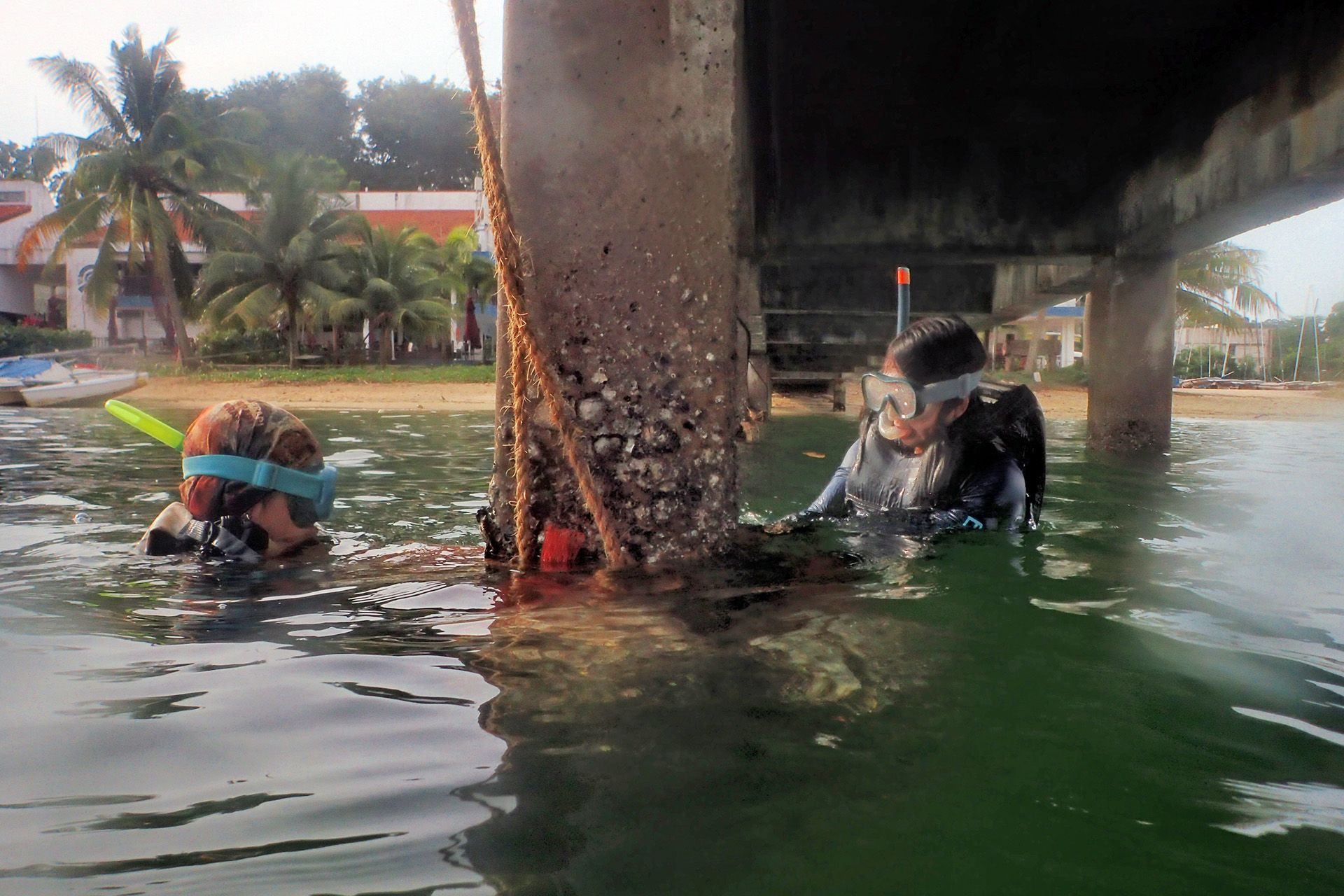
“We wanted to determine if these reefs, created from recycled oyster shells, could serve as a viable nature-based solution to protect Singapore’s coastlines against sea-level rise, given the increasing focus on how nature could complement hard engineering solutions for coastal protection,” Ms Yokoyama said.
Since November 2023, she and her team have worked with several restaurants and hotels, including Joo Chiat Oyster House, Sofitel, The Oyster Cart and W Singapore at Sentosa Cove, to collect over 3,000 discarded oyster shells.
After rinsing the shells in water, 28 volunteers – which include students and parents – from social service agency Rainbow Centre helped to scrub the shells thoroughly with toothbrushes.
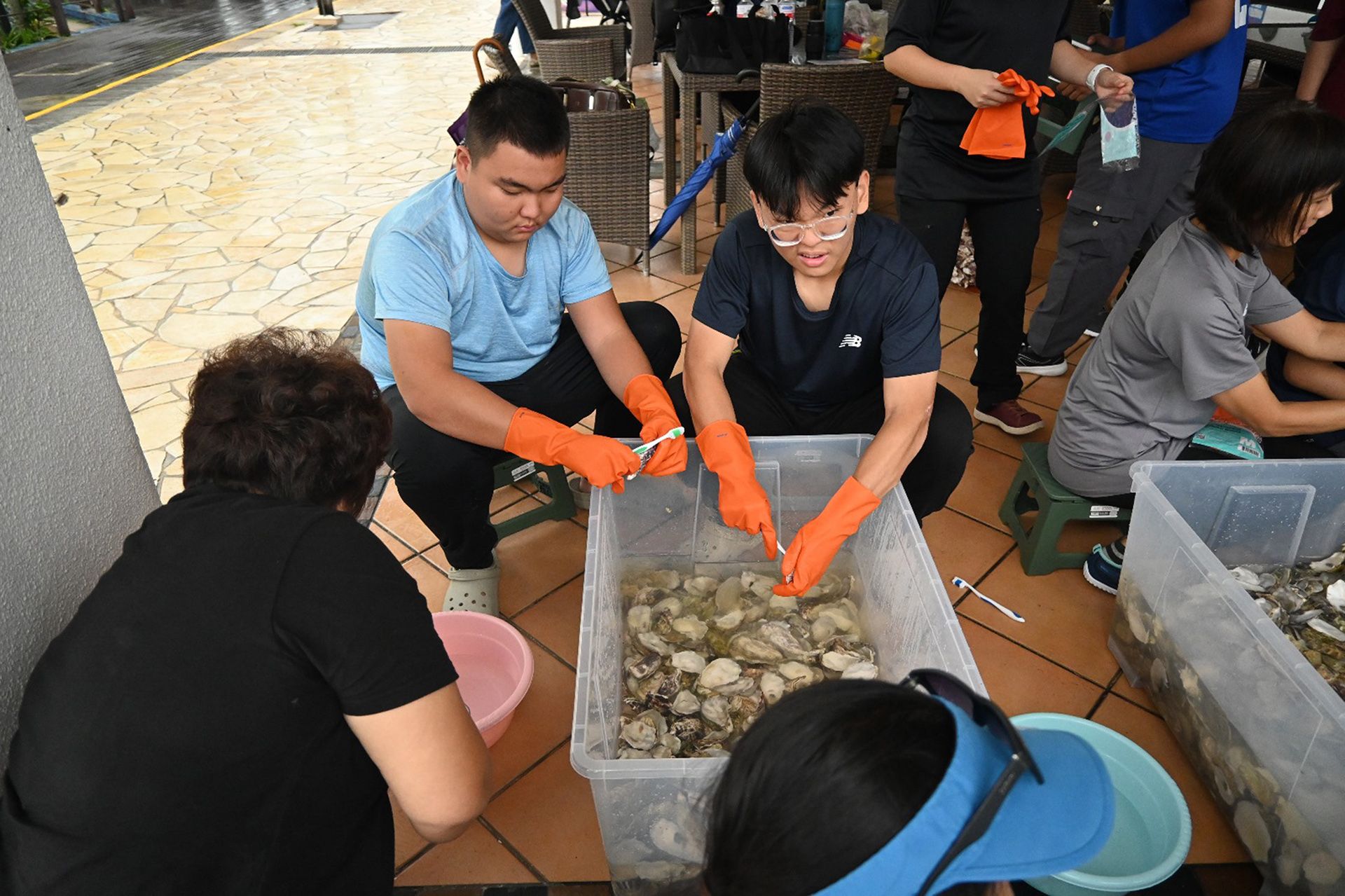
“As the oysters consumed in local restaurants are imported, placing them in local waters without proper cleaning could mean introducing exotic species that may negatively impact the local ecosystem,” Ms Yokoyama said.

The shells were then left to the elements for a month to “suntan”, to ensure that any lingering pathogens were removed, reducing the risk of biohazard exposure.

The volunteers then helped to pack the shells into 22 reef bags made of biodegradable potato starch.
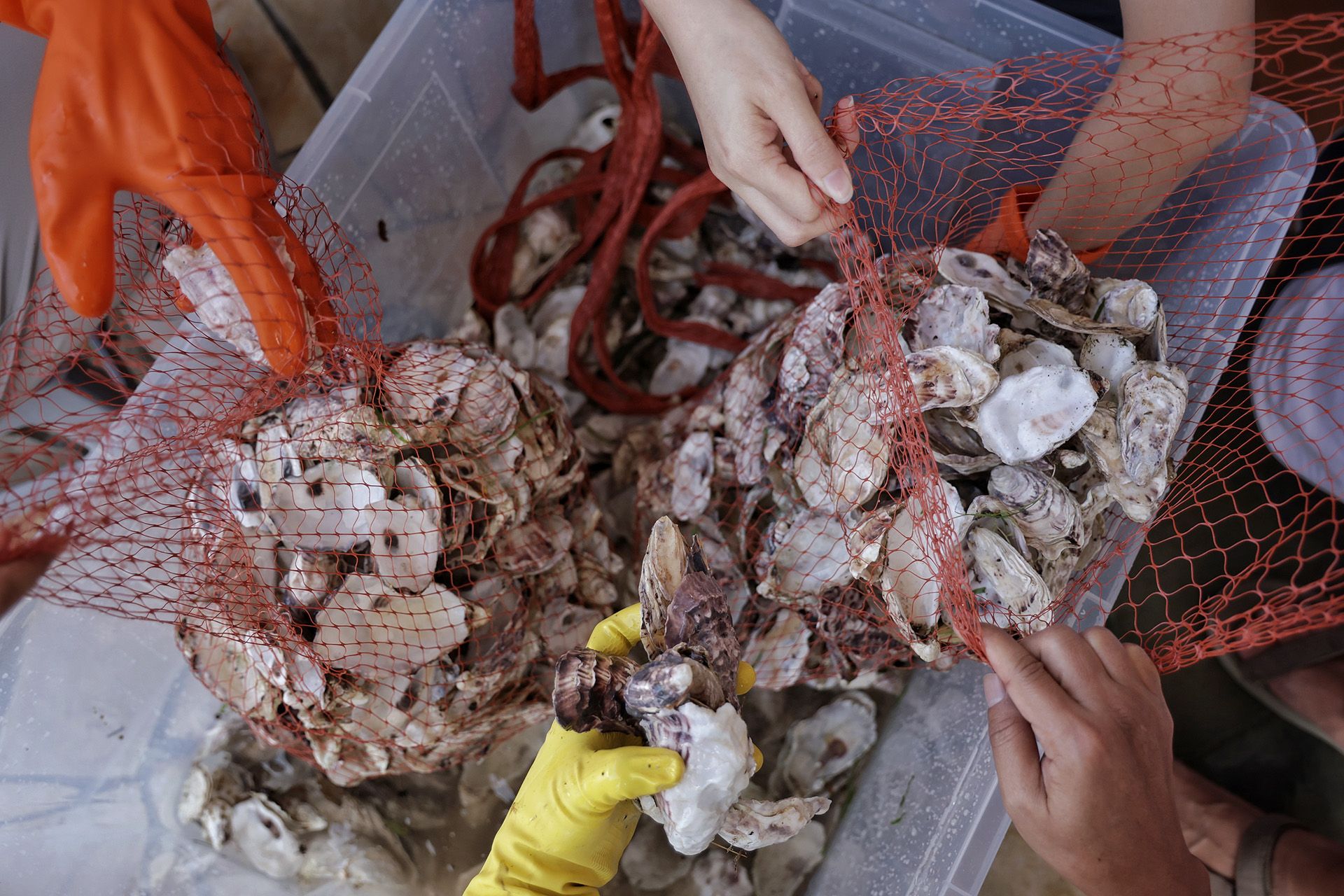
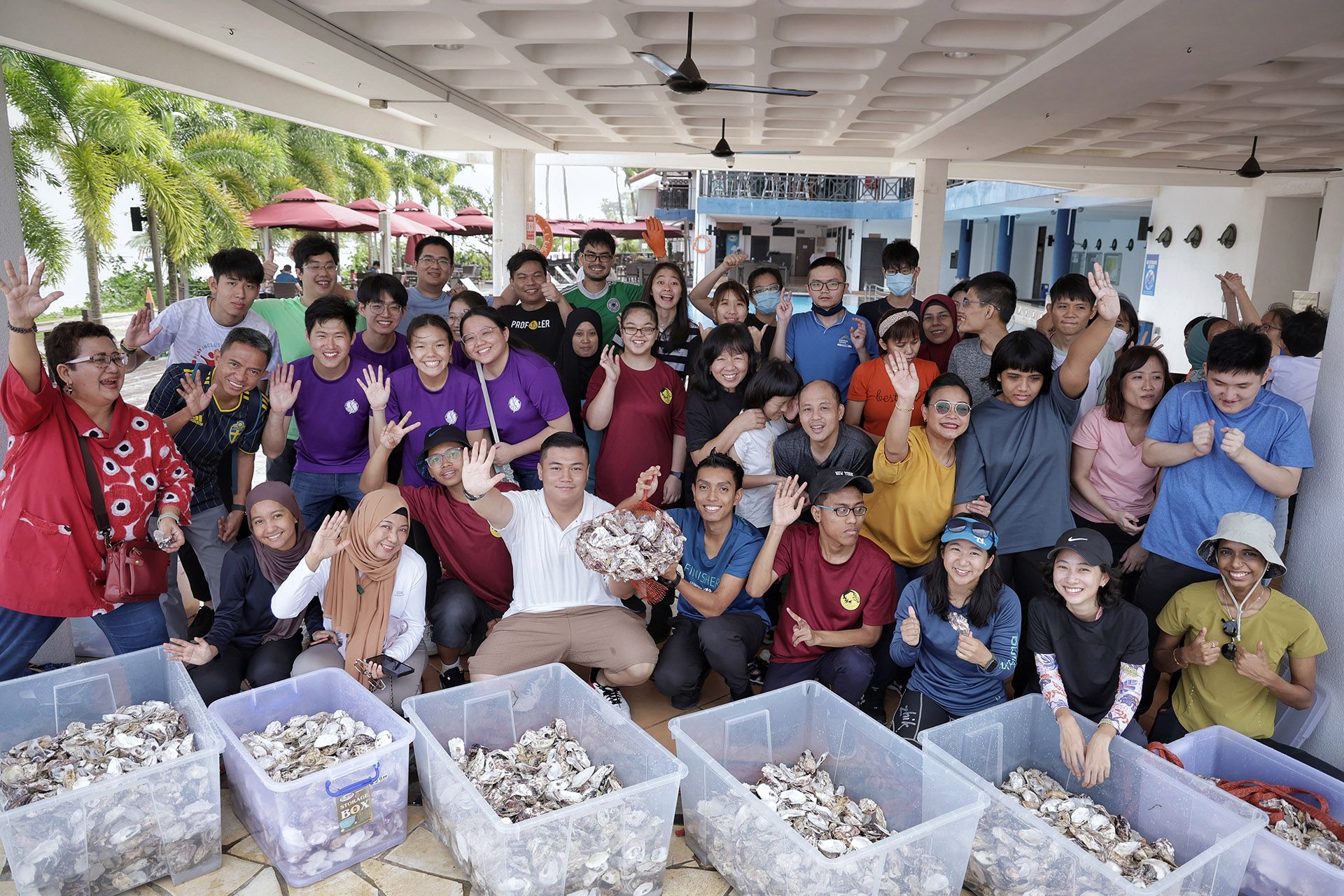
These bags help to support the hard oyster reef structure as it takes shape, and will eventually disintegrate after around five years.
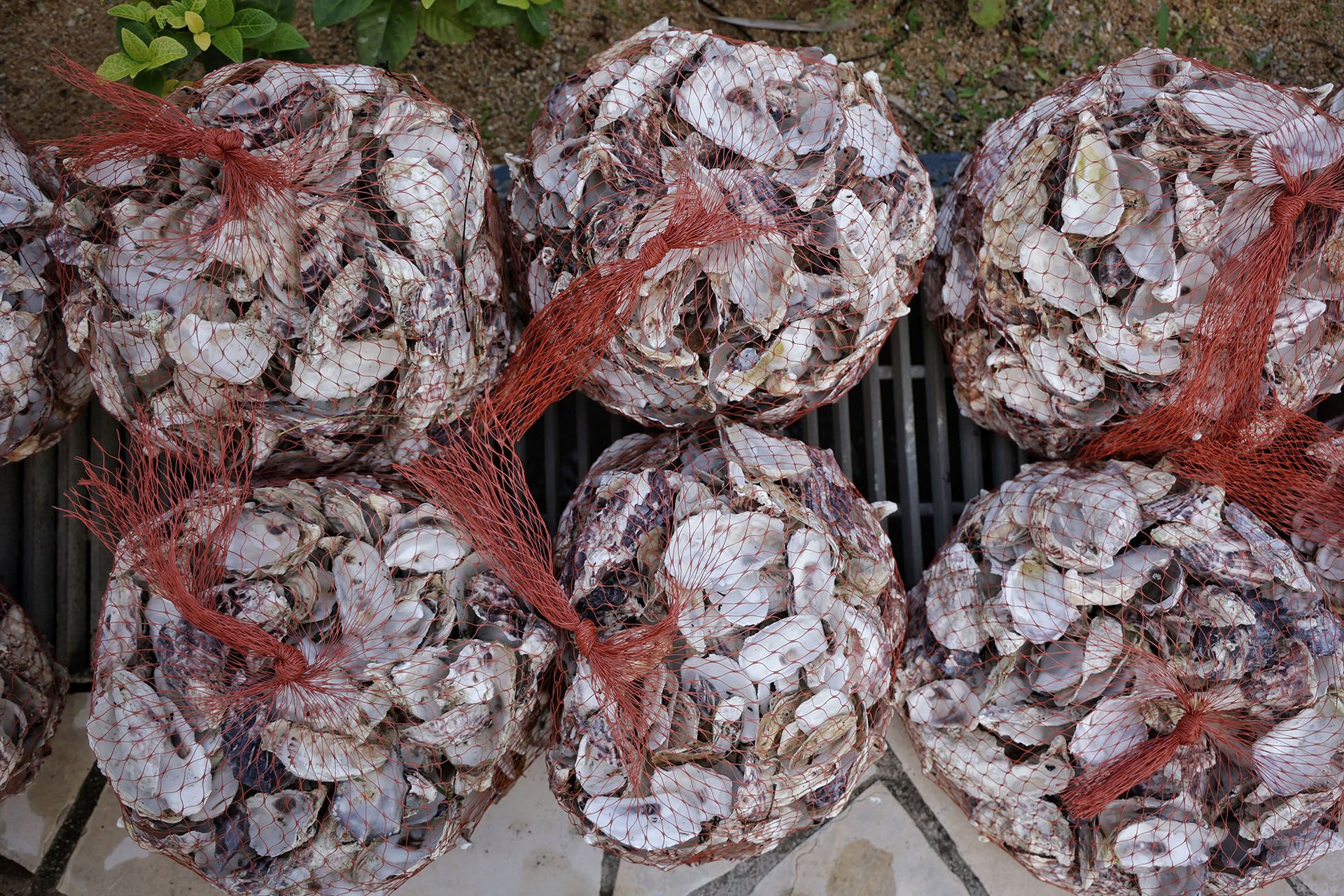

Donning wetsuits and snorkelling equipment, Ms Yokoyama and her colleague, Ms Erika Ng, 24, painstakingly carried the reef bags, each weighing about 5kg to 7kg, into the water and secured them to the jetty pillars.
After an arduous 12 hours, split over four days, the last reef bag was secured and the first phase of the project was completed on Feb 7, six months after it had started.
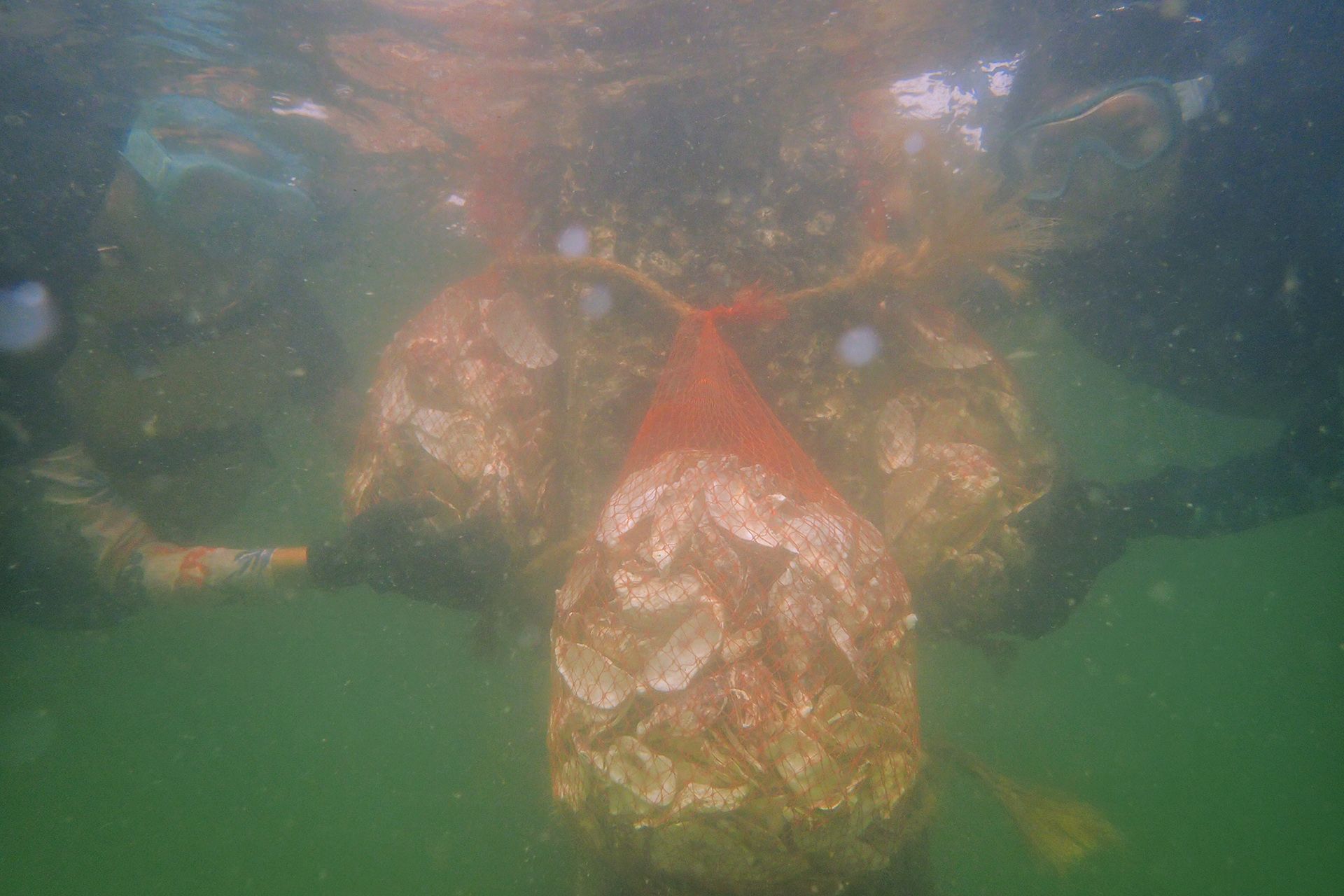
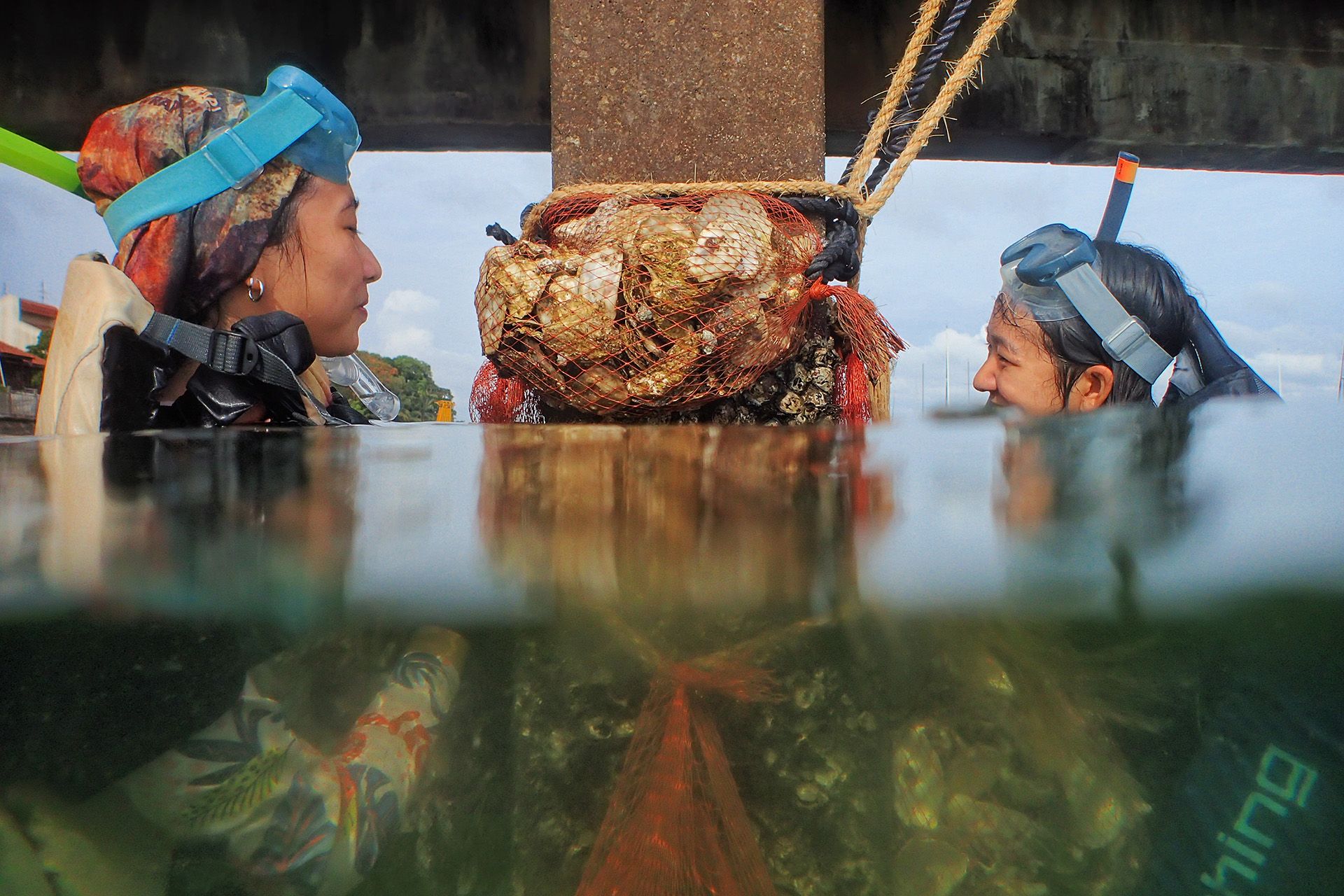
The six-member team will continue to monitor the reef for another six months to determine if the shells are able to attract more marine creatures, such as fish, molluscs and crustaceans, and more importantly, provide a favourable surface for baby oysters to latch onto and grow.
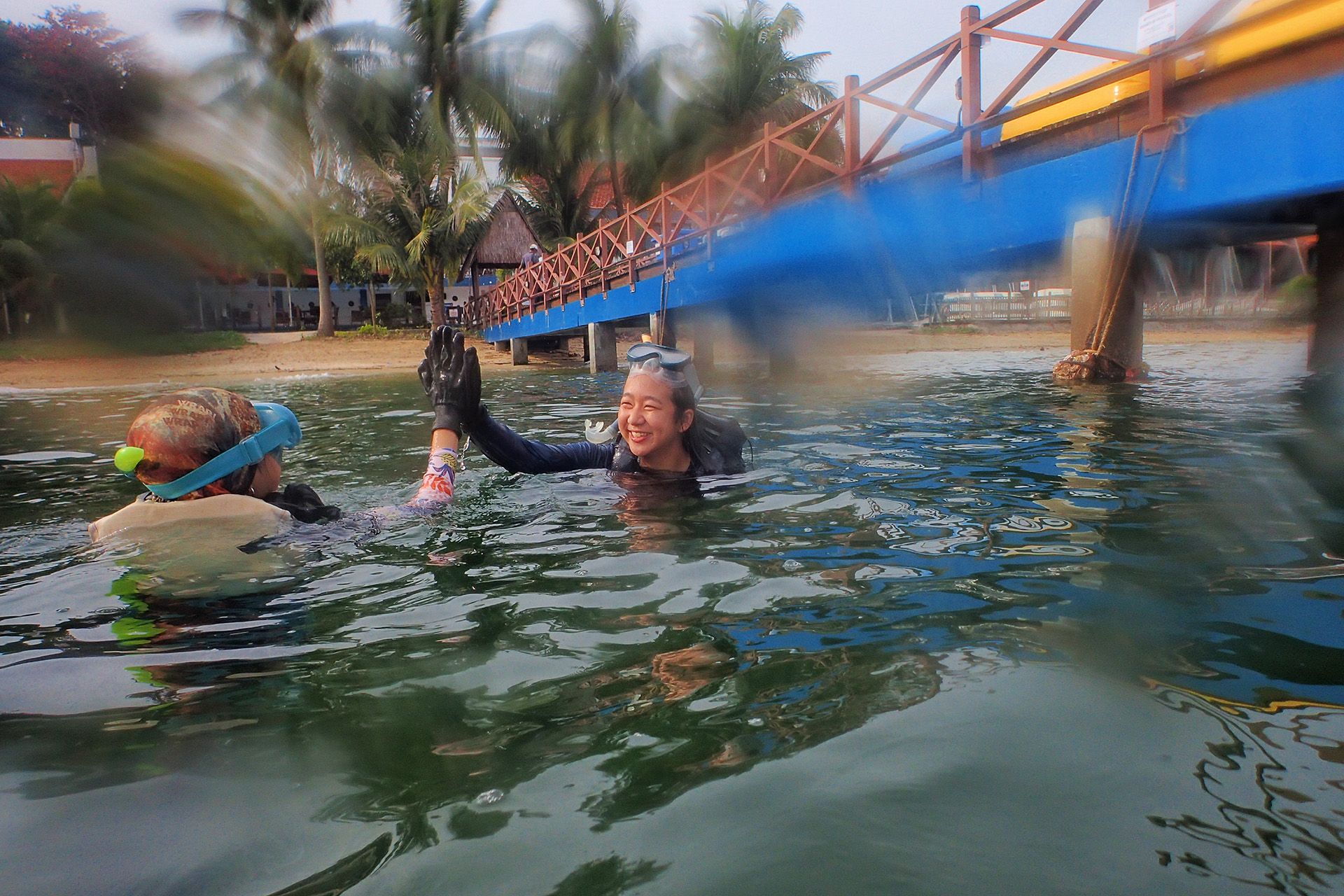
As the oysters consumed in restaurants here are non-native Pacific oysters, the team wants to see if native oyster larvae would still be able to latch onto the species.
To boost monitoring efforts, citizen scientists will also be recruited to help collect and record data.
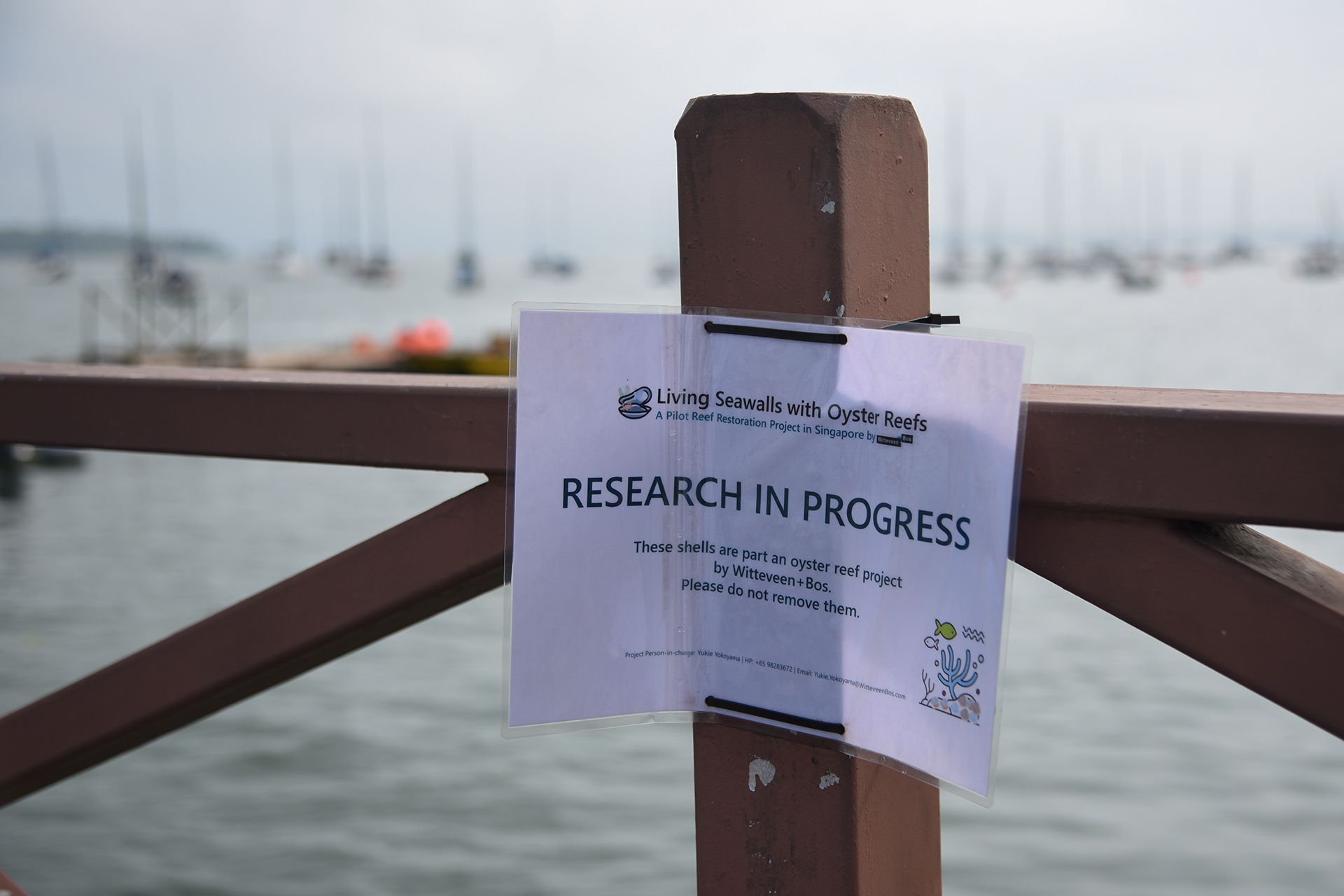
And the results are already promising. Species such as the spotted scat, purple climber crabs and gobies were found in the vicinity of the reef bags, said Ms Yokoyama.
These were not present during an initial survey conducted before the project started.
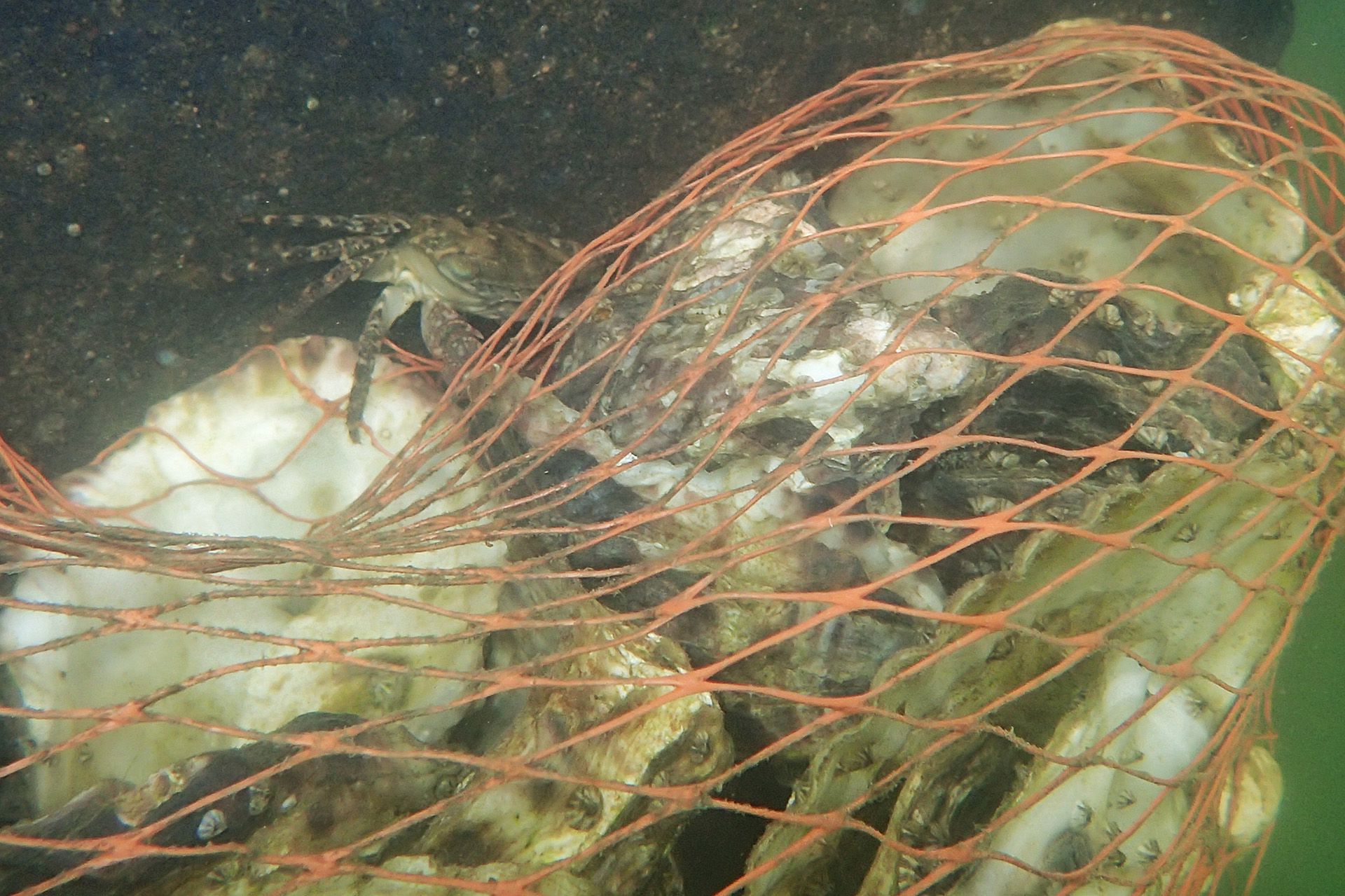
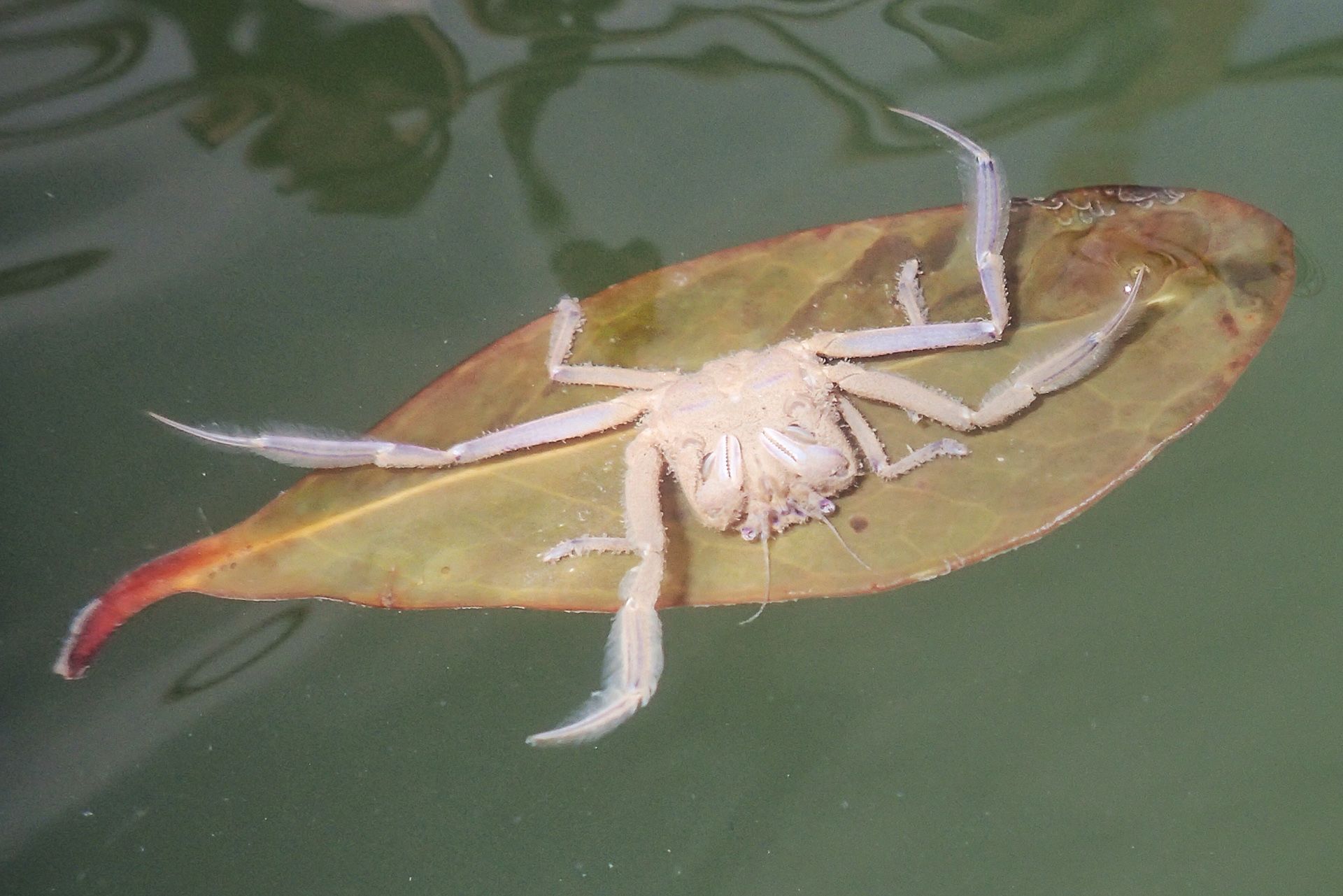
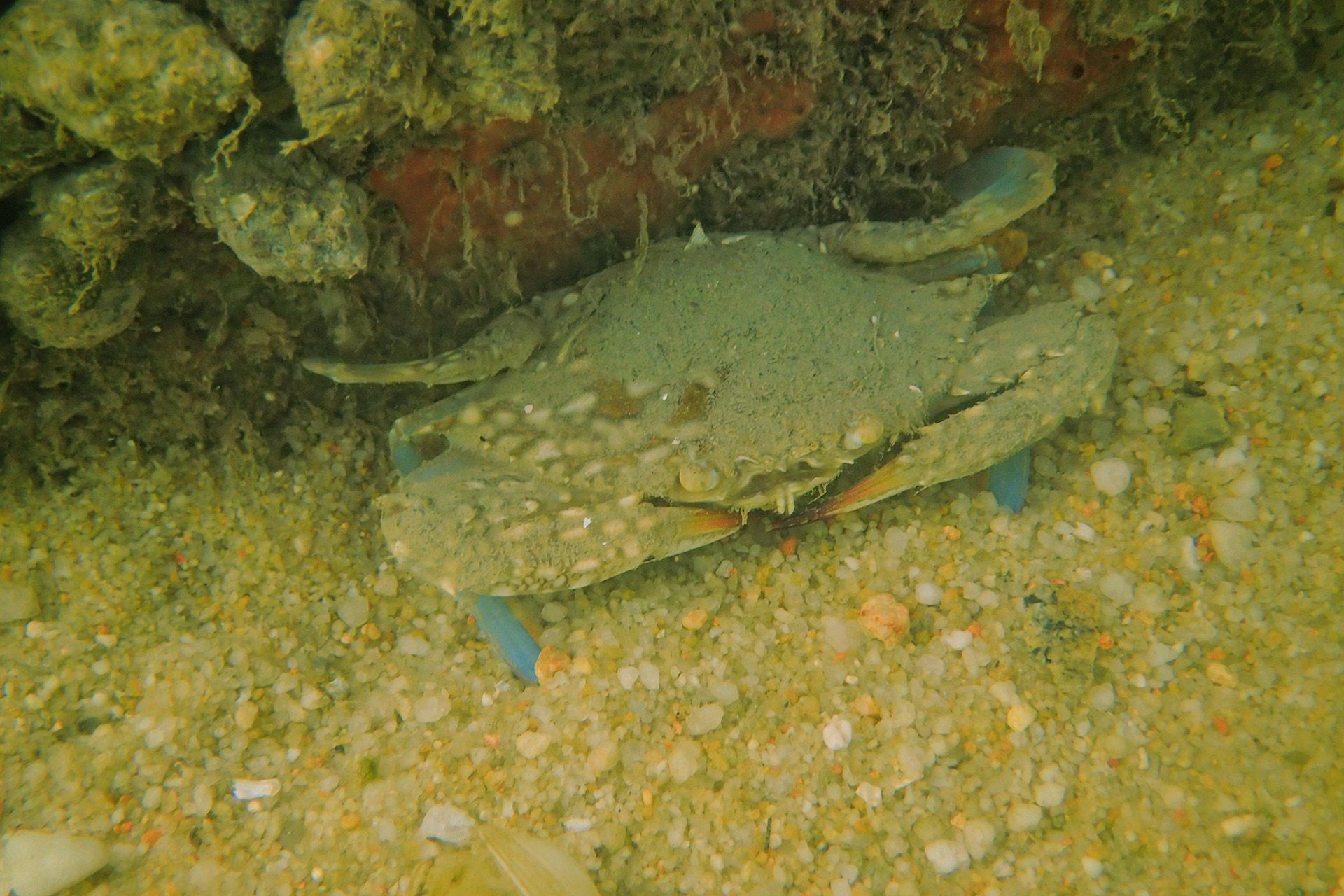
Apart from providing a refuge for marine life, oysters are filter feeders, and can remove sediments, algae, suspended particles and nutrients like nitrogen, helping to prevent algae blooms, for instance. Clearer water will also help other habitats, such as seagrass and corals to thrive, she added.
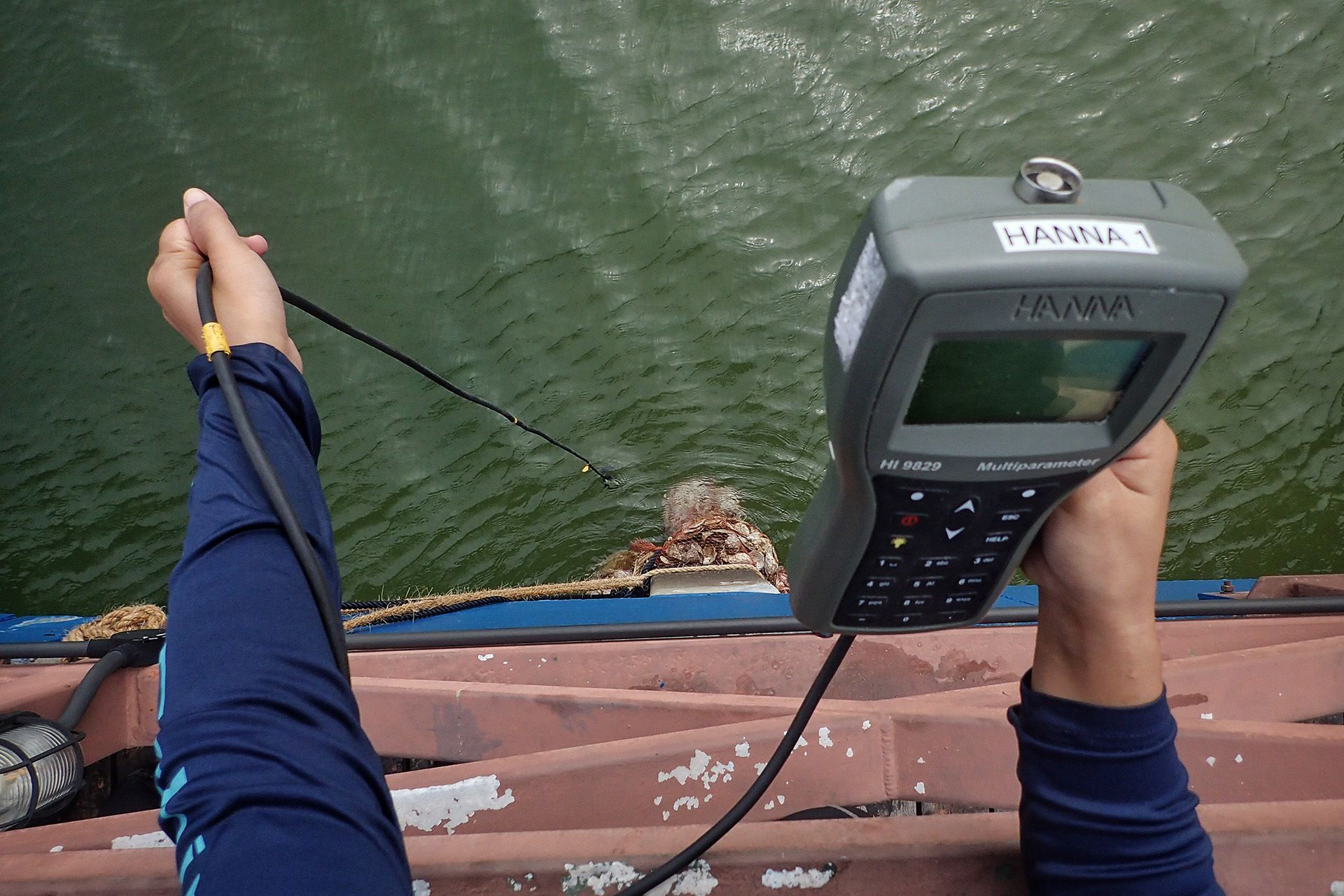
Being hardy, oysters are able to cope with various environmental stresses, and can thrive in warmer waters, such as in Singapore and South-east Asia.
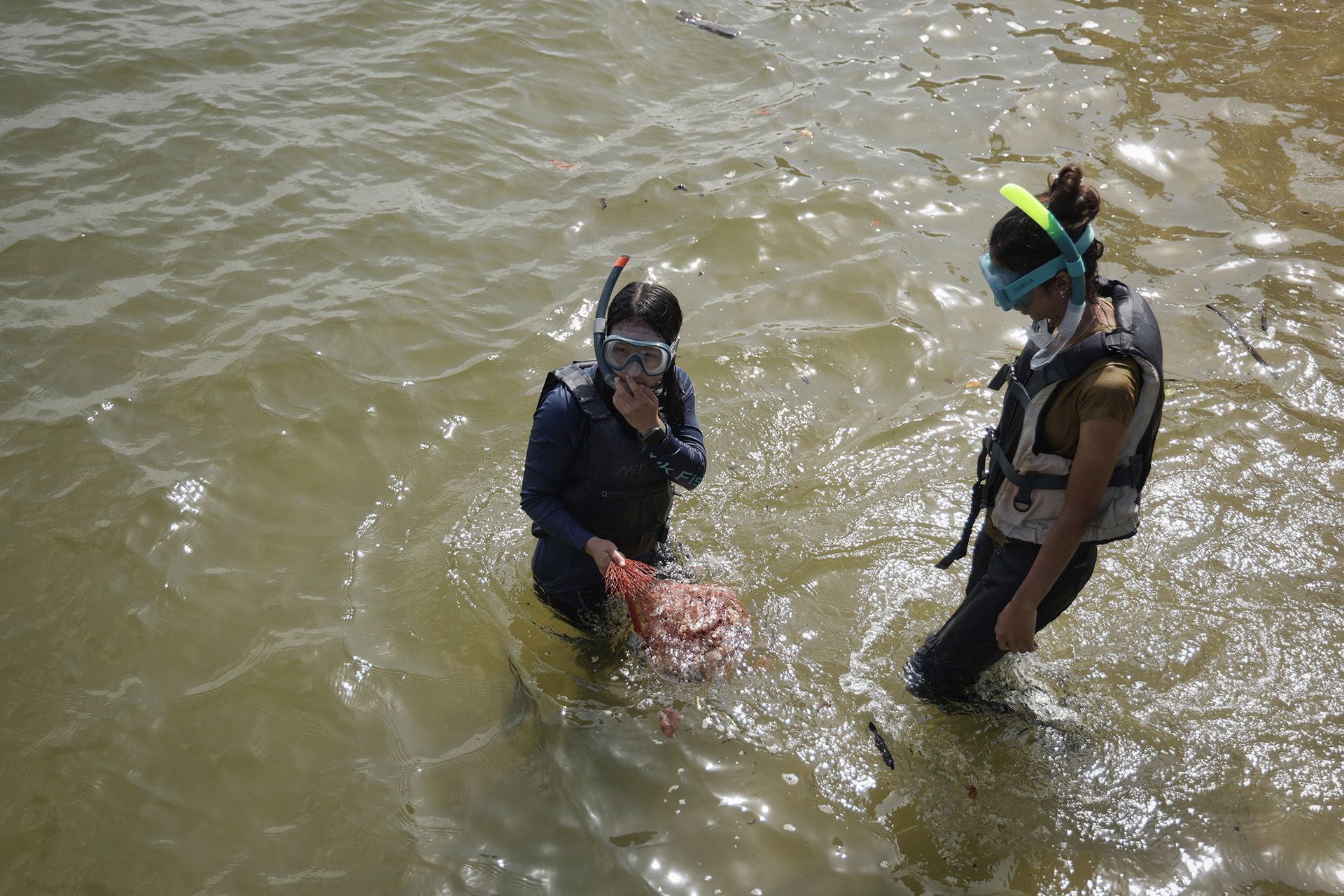
Placing the oyster reef in the intertidal zone will also help with wave dissipation as it will act as a natural breakwater. This could also help accumulate sediments and reduce erosion, which would create favourable conditions for mangroves to grow.
PILOT PROJECT
Oyster reef projects have taken off around the globe, but are still considered a novel solution in the region.
In Australia, for instance, The Nature Conservancy runs a number of shellfish reef restoration projects around the country, where oyster and mussels shells are recycled in order to reinstate these once-abundant reef habitats that have been lost to over-exploitation, pollution and disease.
Various reef restoration projects have also sprouted across the United States, with projects in New York City, Texas and South Carolina.
Closer to home, a “Save Our Shells” campaign by The Nature Conservancy was launched in Hong Kong, in a bid to reduce the amount of waste being sent to the city’s three landfills, which are expected to be full by the 2030s.
In Hong Kong, food waste accounted for about 30 per cent of municipal solid waste in 2022.
Ms Yokoyama’s team is already seeing interest from some hotels in the region, which are keen to explore nature-based solutions for coastal protection and improve marine biodiversity.
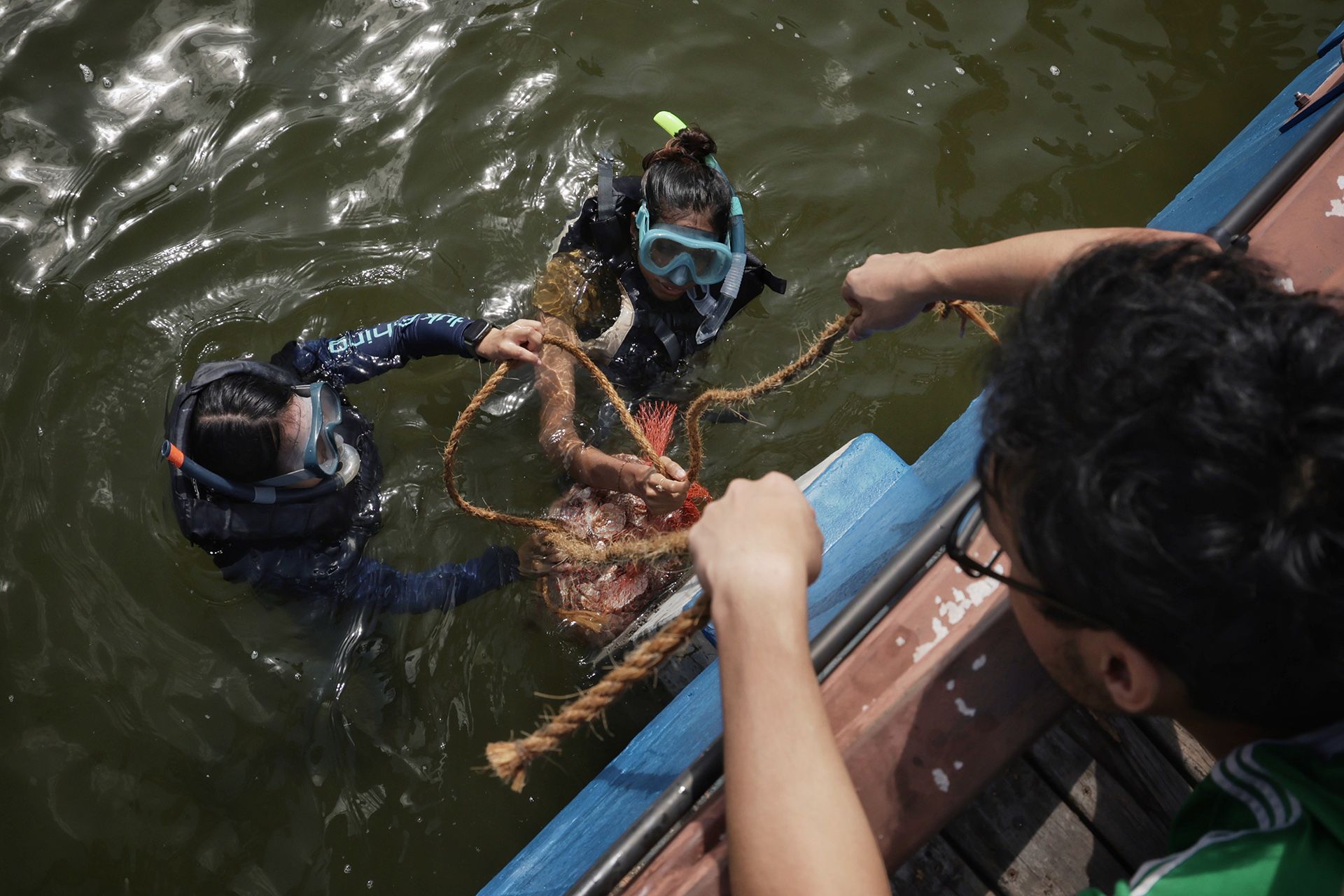
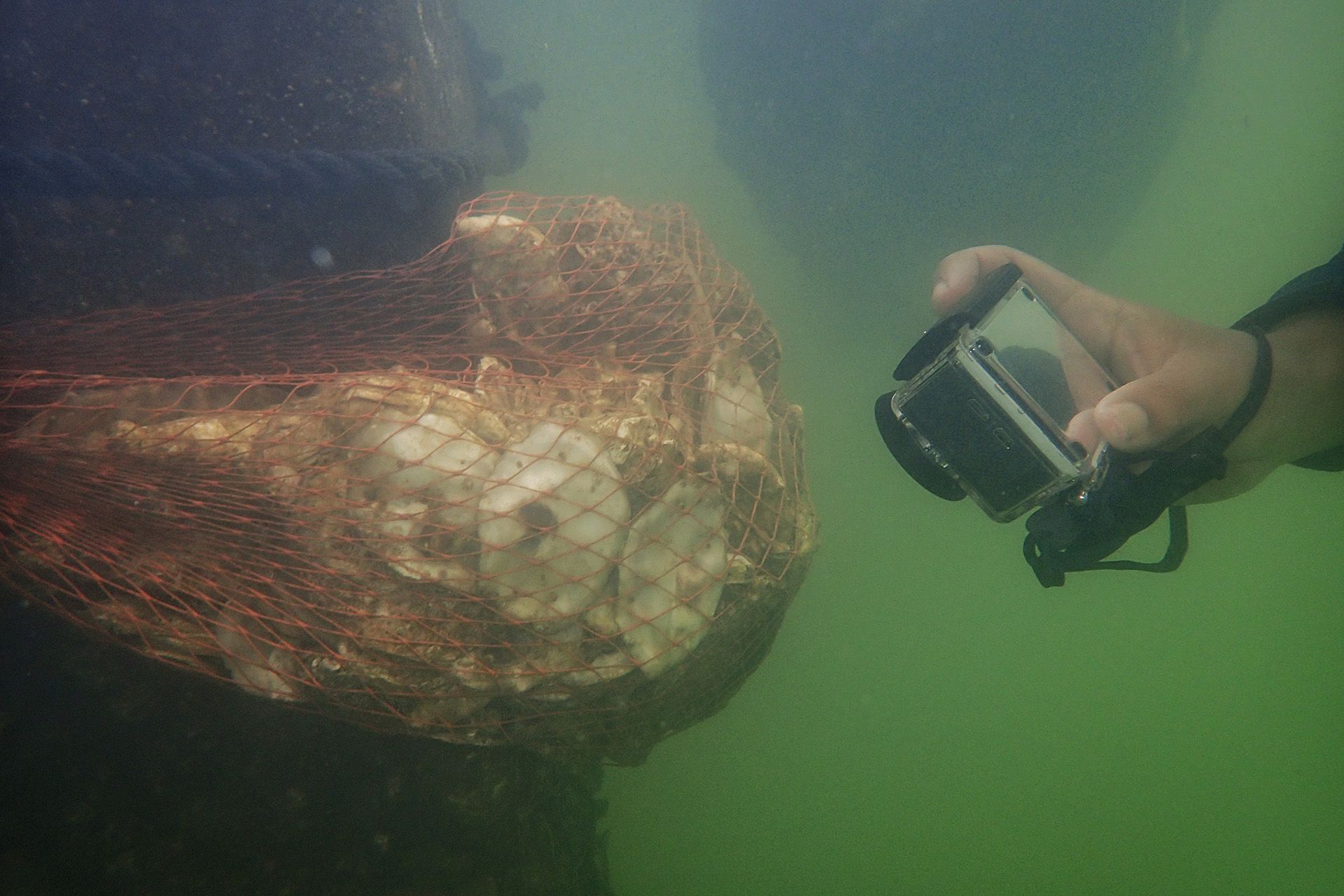
“In South-east Asia, oyster reefs have long been an under-looked solution. But as they are a lot more hardy and less picky compared with other coastal ecosystems, they are able to provide a myriad of benefits to the region, which is vulnerable to rising sea levels and has lost many of its coastal habitats and biodiversity to development,” Ms Yokoyama added.